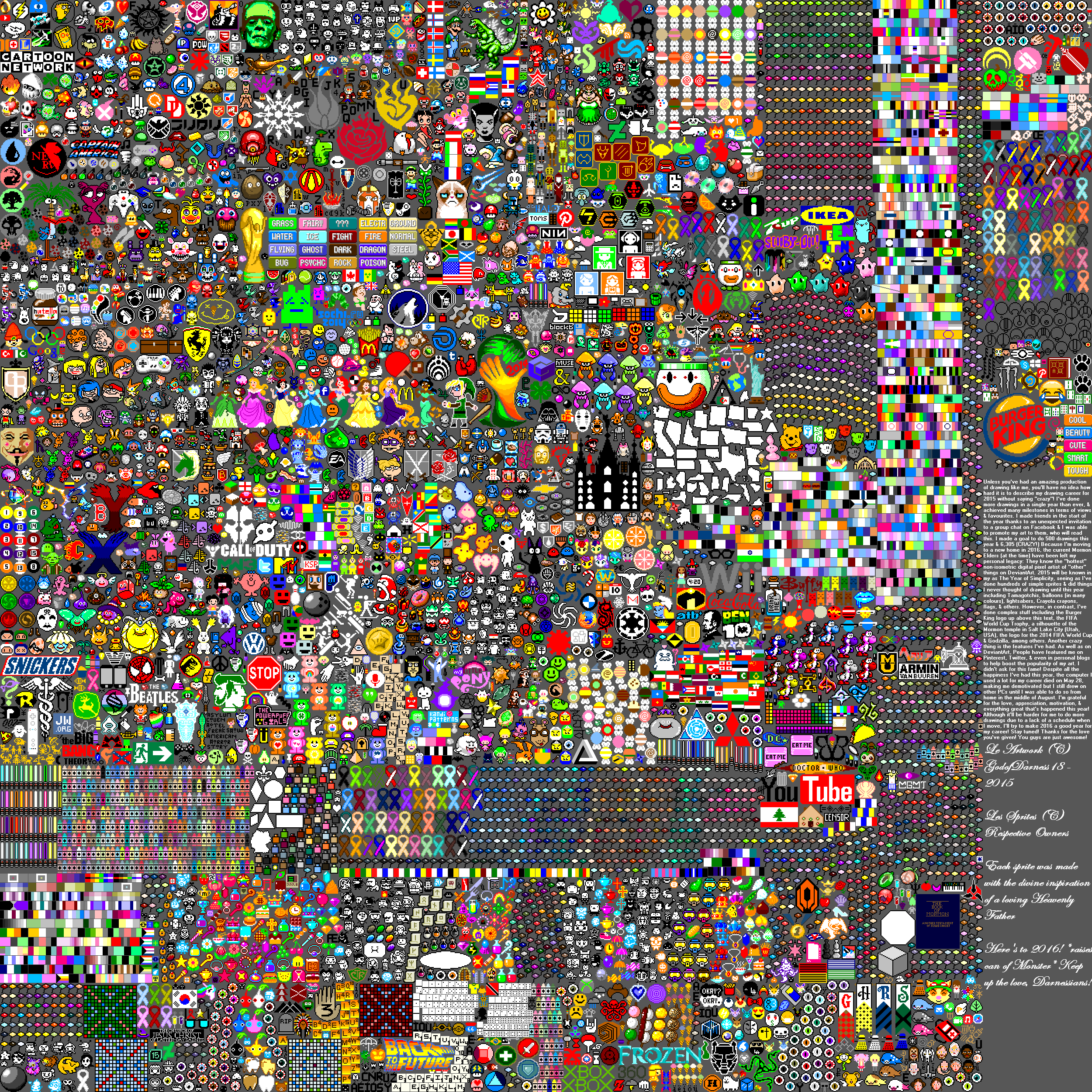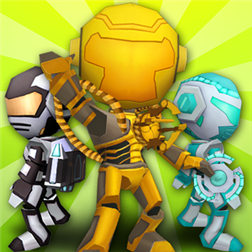
In this way, the movements of the fingers were controlled by the pressure of the air flowing through the hand. Instead of using semiconductor transistors to turn the movement signal on and off, as traditional electronic microchips do, the 3D printed soft robot took advantage of pressure sensors in each of the fingers that make up the hand. What’s special here is that we made a new type of fluidic circuit that can sense the pressure types of air to decide how it’s going to behave.” As a result, they have inherent adaptability to reform around complex and sometimes delicate objects. Soft robots can stretch or be inflated or deflated relatively easily. Ryan Sochol, co-author of the study, says: “These special types of robots are powered using fluids like water or air.

Specifically, the three 3D printed fingers integrate so-called “fluidic circuits”, which are controlled pipes so that the fingers can move simply with air, without the need for additional electricity. Soft robots, like the hand, are characterized by high malleability and morbidity, as they are made from flexible materials such as rubber or silicone. To develop the elements that make up the robot hand, Stratasys’ PolyJet technology was used. Researchers studying a game from Nintendo to help program the 3D-printed robotic hand (photo credits: University of Maryland) The 3D-printed robot hand that plays Nintendo But by 3D printing the soft robotic hand with our integrated fluidic transistors, it can play Nintendo based on just one pressure input.” As co-author Joshua Hubbard commented, “Previously, each finger of a soft robotic hand would typically need its own control line, which can limit portability and usefulness. The authors of this project certainly agreed. Seeing the amount of research around this field, it is undeniable the great potential that both technologies have when combined. For example, a Cornell University project, which used additive manufacturing to create a robotic muscle capable of sweating and regulating its own temperature. There are many initiatives today that combine the advantages of 3D printing and robotics. However, they found it more interesting to experiment with the precision required by the video game to achieve their goals, and so they did. Of course, the team of researchers acknowledges that they could have performed a standard demonstration to evaluate the capabilities and performance of the hand, for example, playing a piano score. The programming of the finger movements making up the robot hand has enabled the hand to complete the first level of the video game Super Mario Bros. Although it may seem like science fiction, the project is already a reality and has achieved very successful results. Search on App Store with "108km" to get our other games.Engineers from the University of Maryland have used additive manufacturing to develop a 3D-printed robot hand capable of playing one of the most famous video games from Nintendo. Sci-fi 3D visuals and awesome sound effects.įollows us on for tips, help and special offers.


More new objects and triggers that help you solving the levels. 75 ingenious levels spread over 5 large sections. 6 different robots with unique abilities, more robots are coming soon. Co-operation game style you might have never seen. Robot Bros Deluxe includes tons of awesome, new features.

Use the co-operate actions to solve all challenging puzzles. Let your robots go! Each of them has unique abilities and good looks. This Deluxe edition includes 75+ new amazing levels, also spread over 5 large sections. Robot Bros Deluxe is a completely, redesigned, enhanced version of Robot Bros, which was selected as Apple's "New and Noteworthy Games". A combination of 3D action-adventure and puzzle-based side-scroller game!


 0 kommentar(er)
0 kommentar(er)
